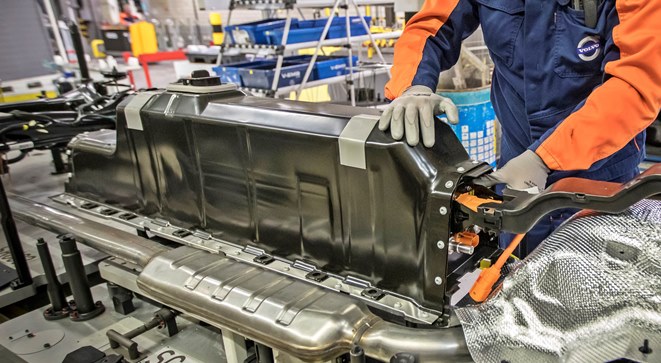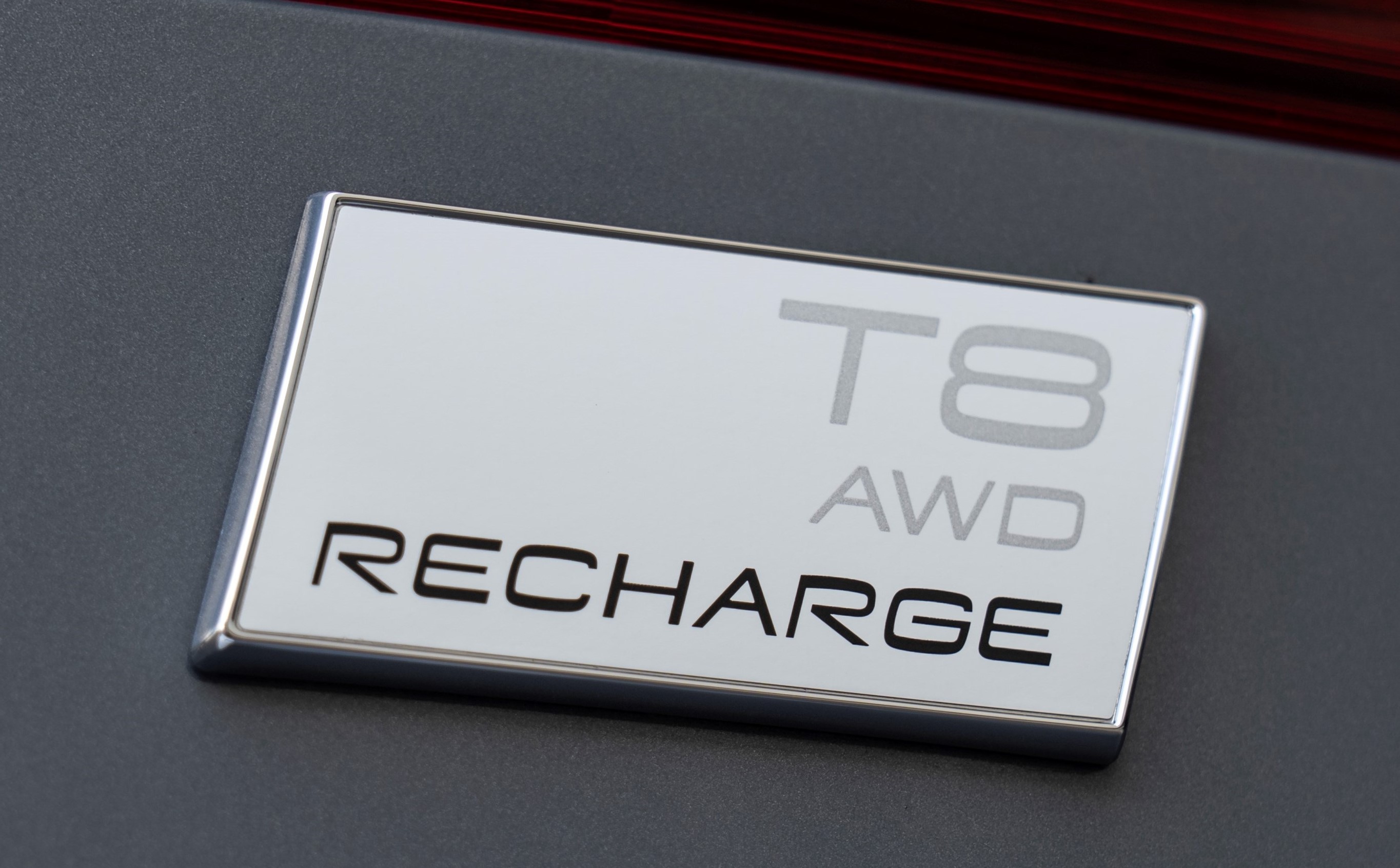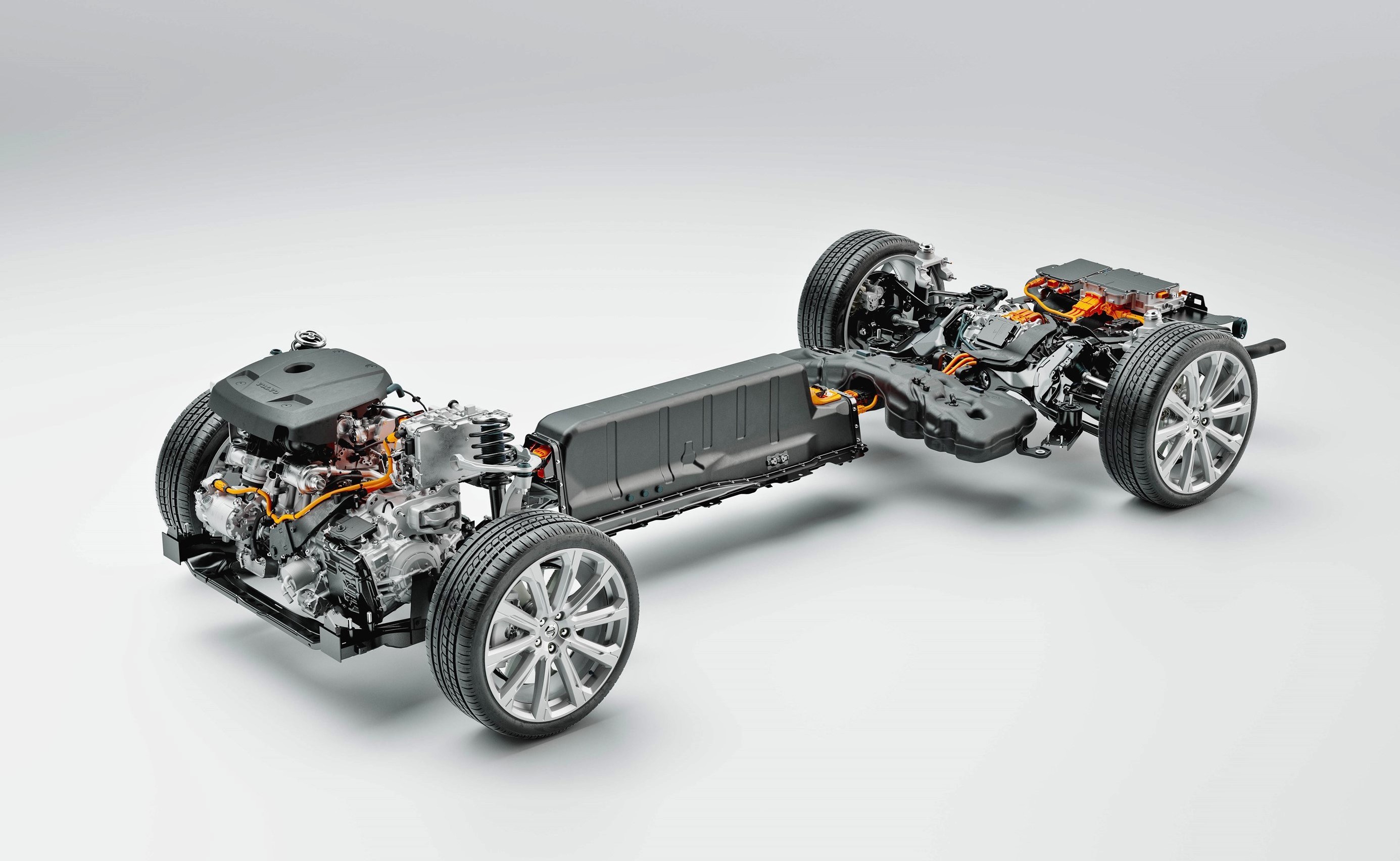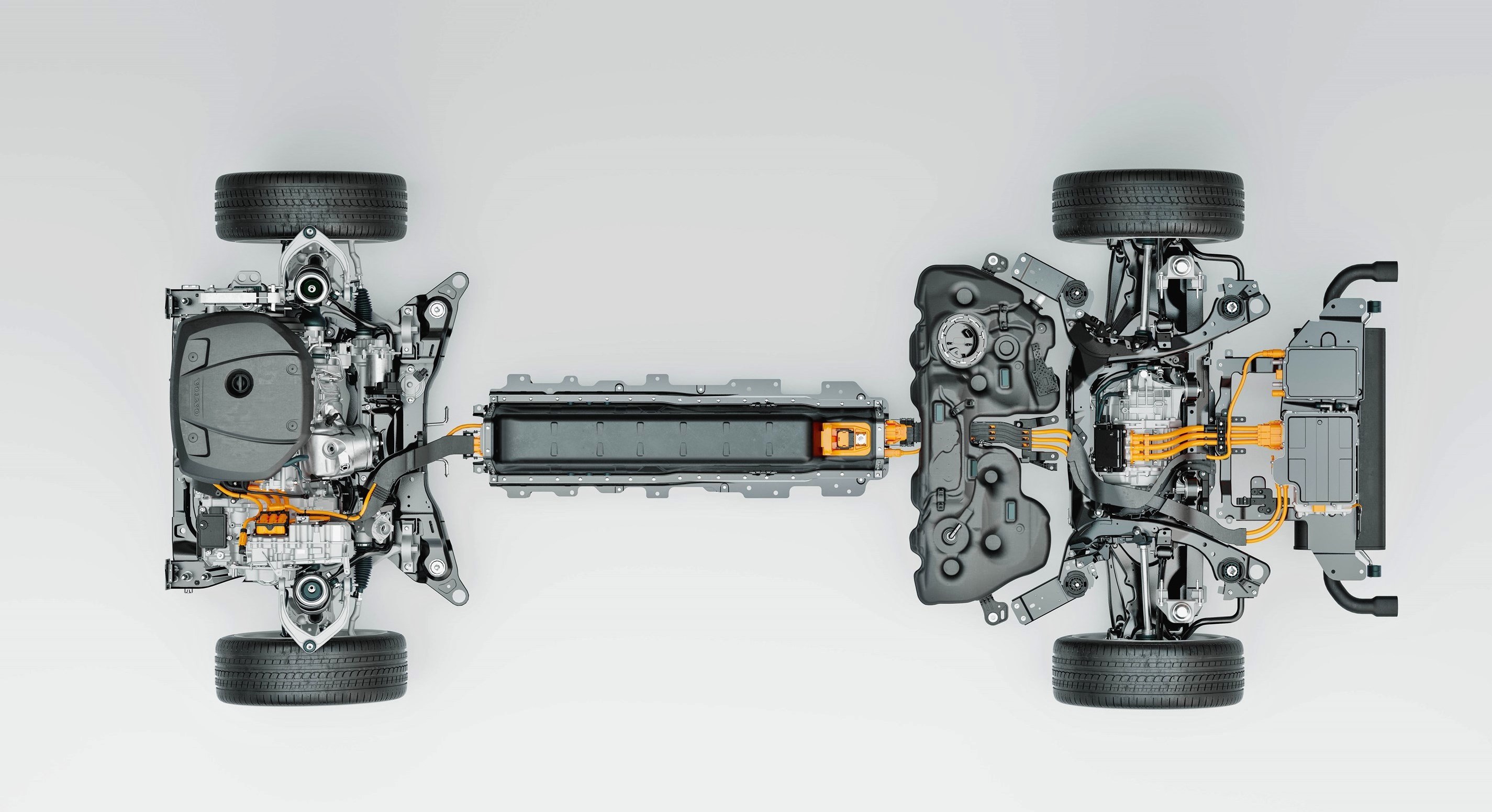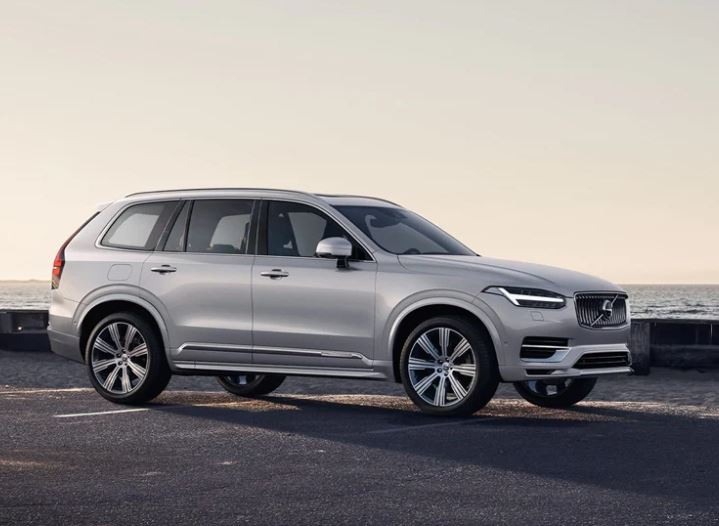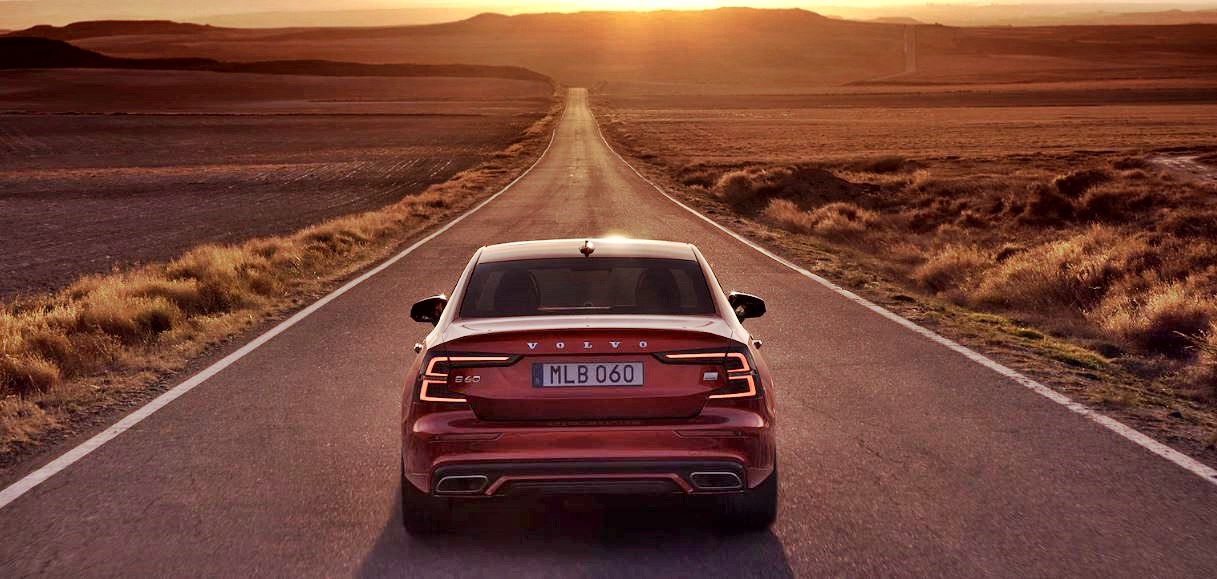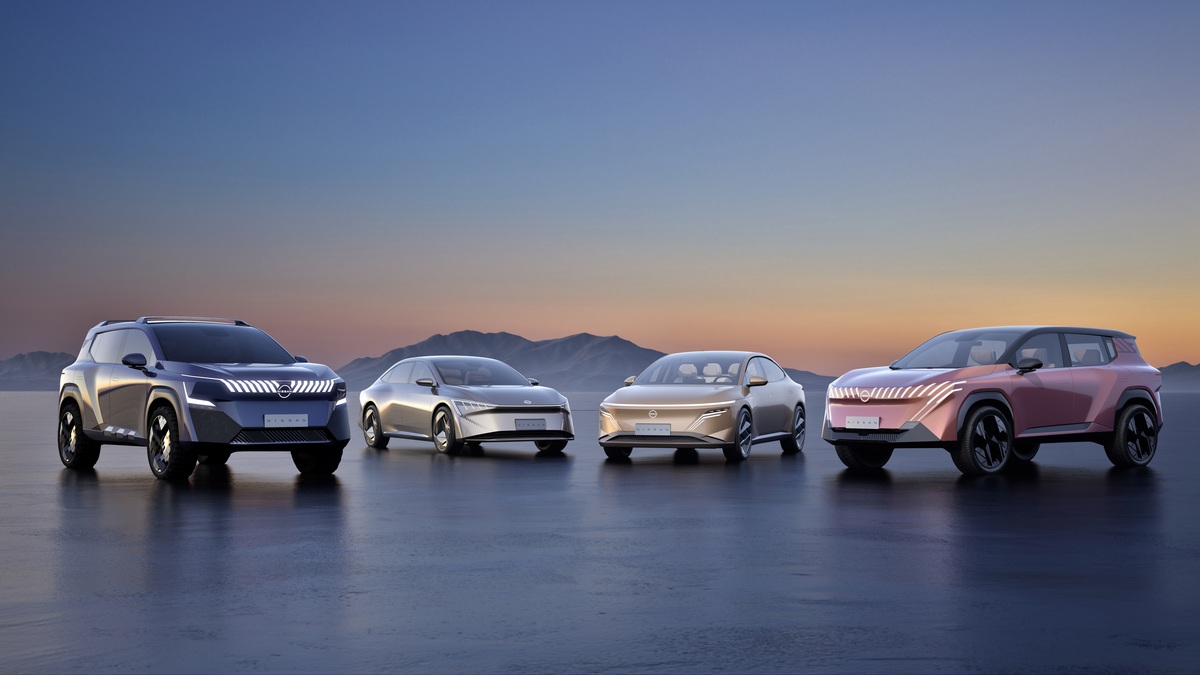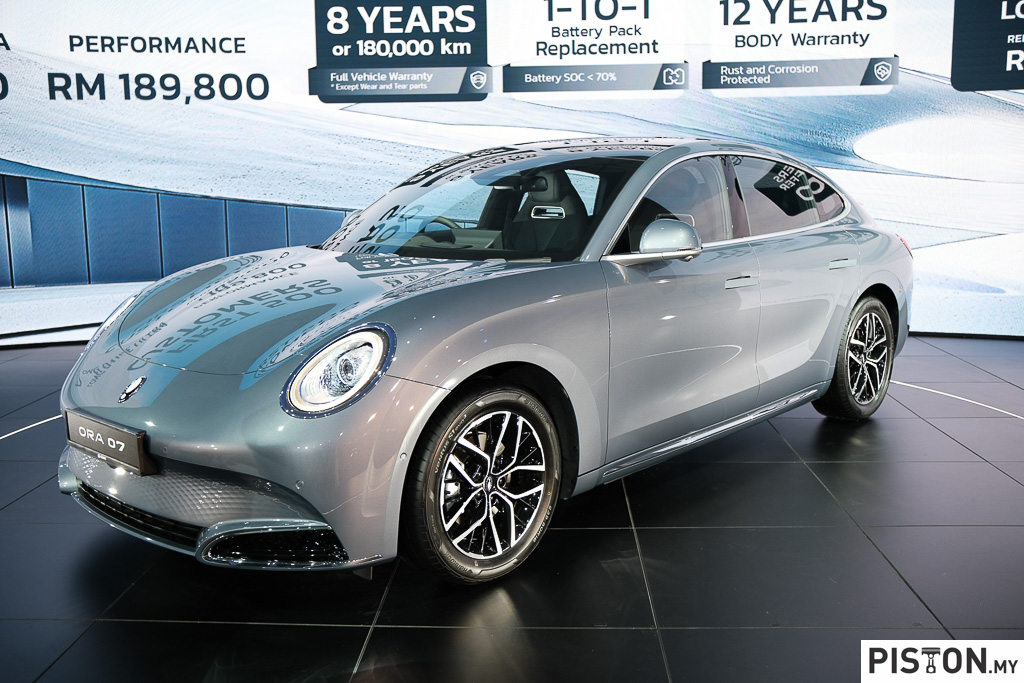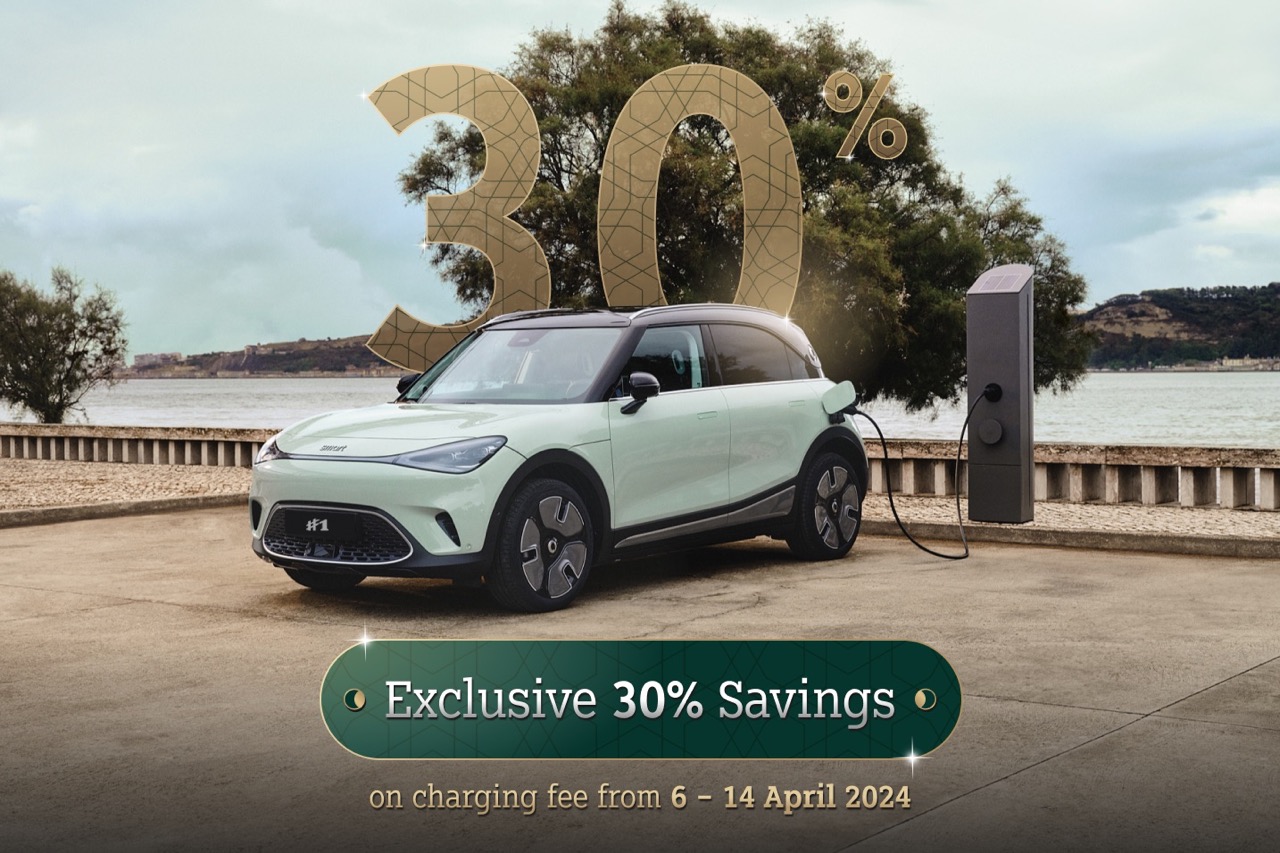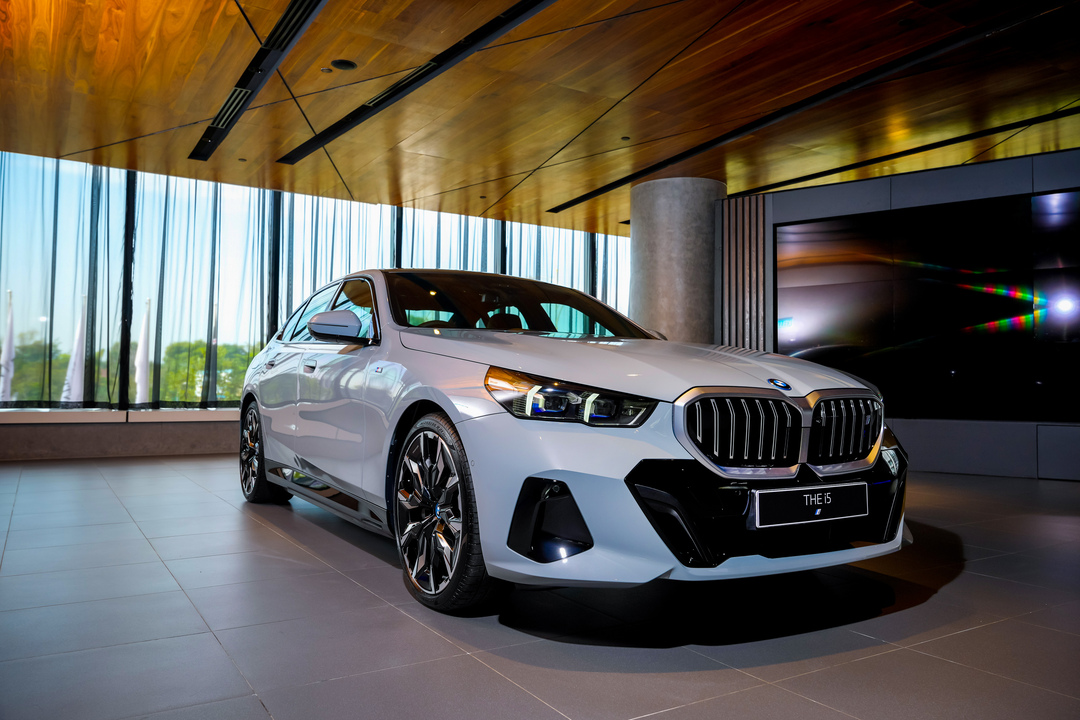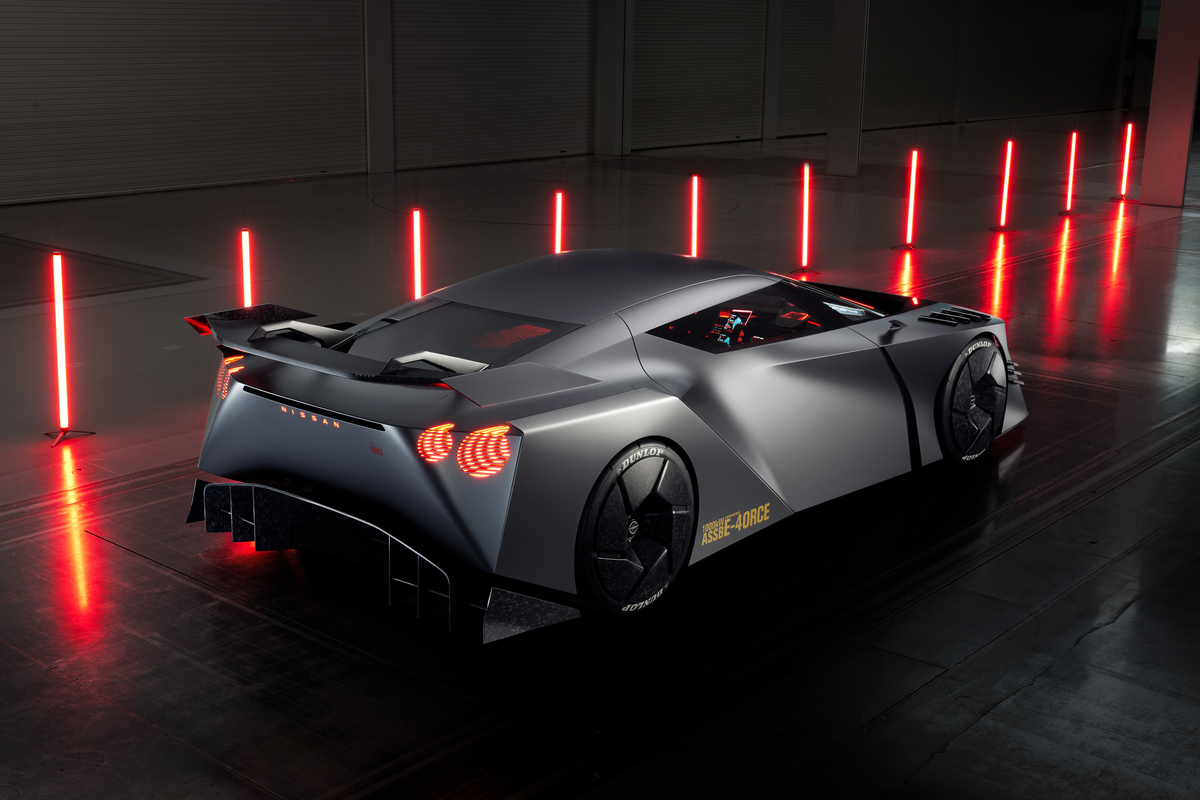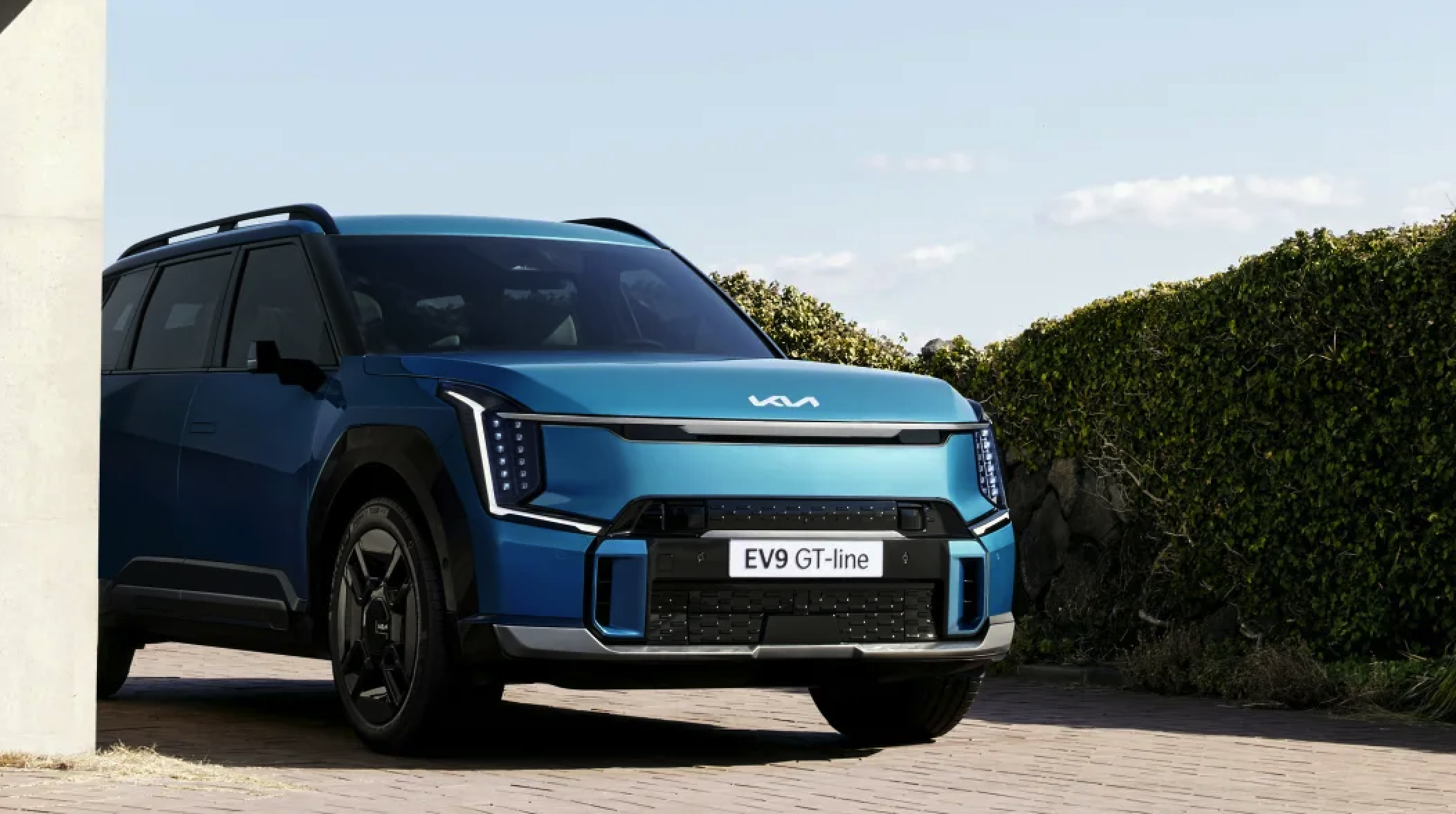Batteries are one of the most crucial parts of an electric vehicle (EV); without it, the electric motors won’t run and the vehicle won’t move. So it’s not surprising that battery technology is continuously being advanced. It could be even more advanced, had the EVs which were around over 100 years ago remained popular but the drawbacks of batteries then meant that the combustion engine gained more favour and killed the EV.
In the 21st century, the EV’s popularity has been ‘forced’ by regulations which aim to address climate change as quickly as possible. Thus, advancement of battery technology has to be accelerated to provide better storage capacity and greater efficiency. Within a year, batteries can make big leaps in performance to give better range, an important factor in EV acceptance.
An example is with Volvo, which is almost entirely focussed on EVs. Its Recharge T8 models now have improved plug-in hybrid (PHEV) powertrains with better performance and driveability. This comes from a new long-range lithium-ion battery pack of 18.8 kWh, up 62% from 11.6 kWh. The increased capacity is due to the addition of a third layer of cells. The resulting extension in a claimed electric-only range of between 70 and 90 kms, almost double the previous maximum range of 49 kms.
Improved driving performance comes from a new rear electric motor generating the equivalent of 145 ps, which is almost 65% more than the previous motor’s output. Overall system output, in combination with the petrol engine, has been boosted to 462 ps, which is 55 ps more than before.
The improvements are also beneficial to the environment as being able to drive longer distances in pure electric mode means less emissions of carbon dioxide (CO2), the gas that is causing global warming.
In Malaysia, the new Recharge T8 powertrain will be available for the 60 and 90 models, ie XC60, S60, V60, XC90 and S90.
Additionally, the XC60 and S90 PHEV models will also have One-Pedal Drive settings which are useful in stop-and-go traffic. A feature used in Volvo’s BEVs (battery electric vehicles), One-Pedal Drive is claimed to enable more effective battery regeneration and higher regenerative power that can improve fuel efficiency. The animation below shows how One-Pedal Drive works.
Using One-Pedal Drive, the driver uses the accelerator pedal predominantly to manage the car’s speed. Each time the foot is lifted off the pedal, regenerative braking activates automatically. This differs from the conventional approach that requires depressing the brake pedal before regeneration can take place. It would therefore be especially effective in slow-moving traffic, allowing the battery to be more frequently topped up.
“Our new line of PHEVs will transform the way our customers experience electric driving,” said Charles Frump, Managing Director of Volvo Car Malaysia. “The improved powertrain lets our customers drive sustainably at a longer distance, at the same time providing them with range confidence that fits the needs of their everyday lives.”
Mr. Frump also said that there will be price adjustments across the range from next week. The adjustments will start with current models of the XC40 T5, XC40 Recharge T5, XC60 B5, and XC90 B5. The new line-up of the 90 and 60 models will be sold at a ‘new price point’ when they exit from the assembly plant in Shah Alam, Selangor. The price for the current Recharge T8 models remains the same and will be sold while stocks last.
Concept Recharge – a manifesto for the next generation of all-electric Volvos


